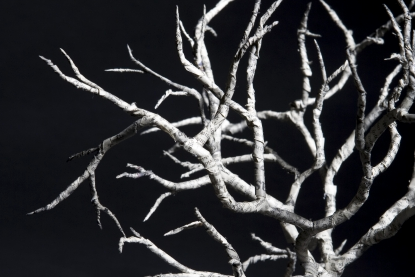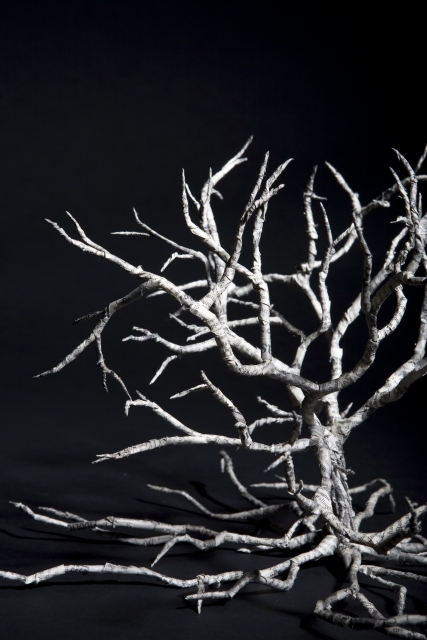Tree Studio

In October 2007, Mayor Michael Bloomberg announced the Million Tree Project. As part of New York City’s sustainability initiative, PlaNYC, the city will grant the New York City Department of Parks and Recreation nearly four hundred million dollars over the next ten years to plant 600,000 public trees along the city’s streets and within two thousand acres of existing parkland. The initiative calls upon both the private and public sectors from non-profit and community organizations, businesses, developers and everyday New Yorkers to plant the remaining 400,000 trees.
“TREE” takes Mayor Bloomberg’s initiative as the point of departure for a class that will study the historical and cultural context of trees and tree planting within the architecture, design, and planning communities of New York City. The seminar will look at how changing cultural understandings of the tree can organize an historical account of New York City’s built and ecological development. The seminar is organized around three frameworks–historical, ecological, and architectural–and has two overlapping goals: first, to focus the wide-ranging discourses pertaining to sustainability and its practices in various design fields through the discrete subject of the “tree,” and second, to chart the changing iconography of trees from objects of veneration and sustenance, to public nuisance, to vital elements in the development of the city’s public space and urban ecological infrastructure.
The goal of the seminar is to produce a tree timeline based on the historical, ecological, and architectural framework of the class that is to be included in the forthcoming “1,000,000 trees” exhibit.
